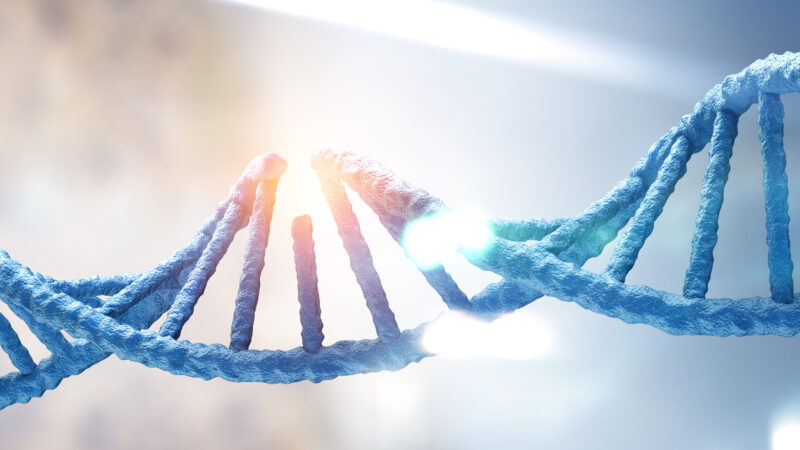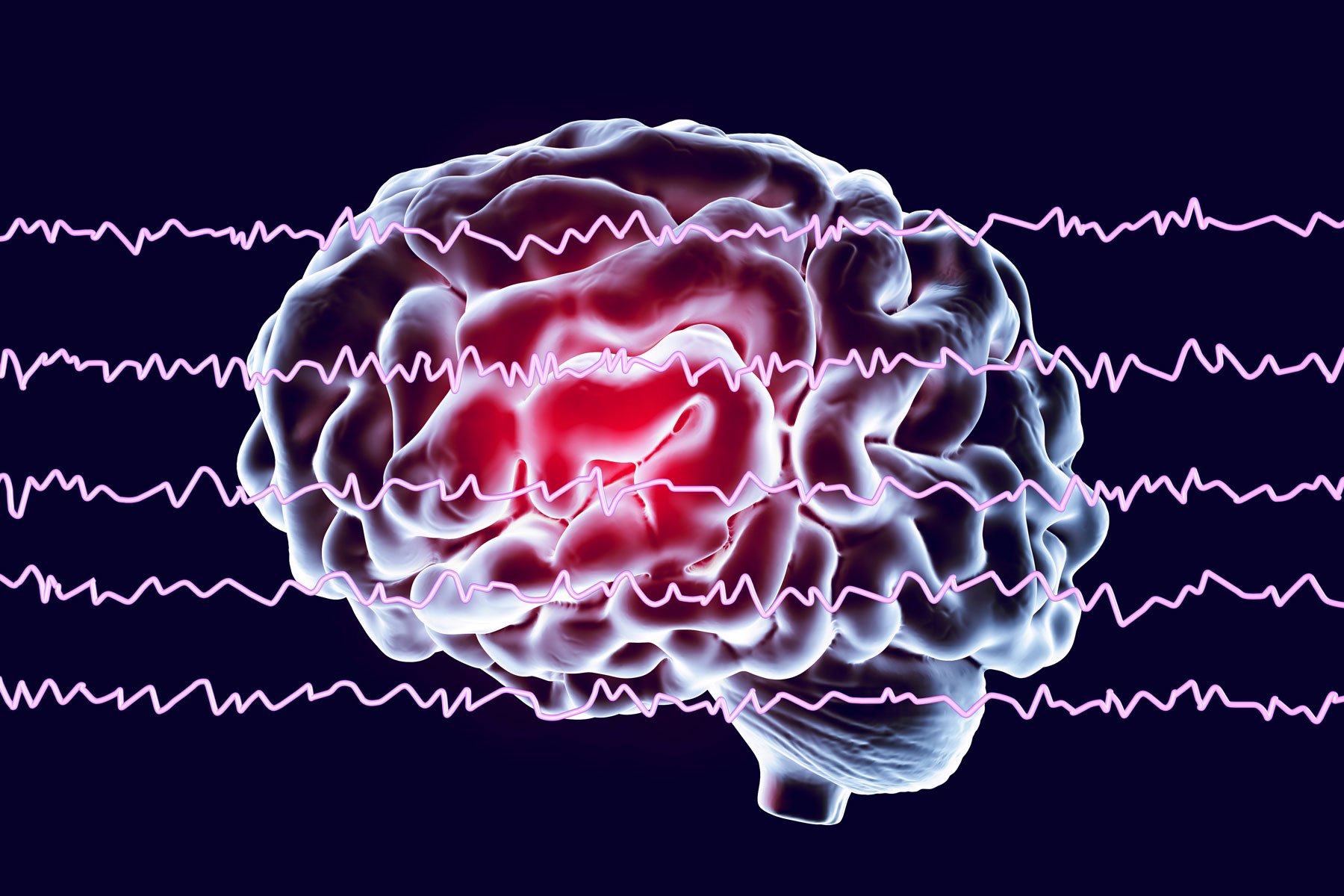The Study
Loss of epigenetic information as a cause of mammalian aging
Where: Paul F. Glenn Center for Biology of Aging Research, Department of Genetics, Blavatnik Institute, Harvard Medical School
When: Published January 19, 2023, in Cell
The Takeaway:
The researchers of this animal study demonstrated that manipulation of the epigenome can accelerate or reverse aging. The genome is the full set of DNA instructions in a cell. The epigenome is made up of the collective chemical compounds that can change or mark the genome, telling it what to do and when. In this study, the researchers induced epigenetic changes in mice. The changes mimicked those that human and other mammalian cells experience regularly from lifestyle and environmental factors. The researchers accelerated the number of changes to simulate a fast-tracked mouse life. This led to epigenetic malfunctioning that caused the mice to age biologically. For the second part of the study, the researchers employed gene therapy, using genes that are active in stem cells. The gene therapy reversed the epigenetic changes associated with aging that the researchers had caused. More research is needed before determining if and how such practices can be applied to people.
What It Looked At:
Levels Advisor David Sinclair, PhD, professor of genetics at the Blavatnik Institute at Harvard Medical School and co-director of the Paul F. Glenn Center for Biology of Aging Research, was the senior author of the study. He and other researchers in the Sinclair lab conducted a series of experiments in mice to investigate whether epigenetic changes are a main cause of aging.
Epigenetics is the study of how genes can be affected by non-genetic factors, including lifestyle and environmental factors—both good and bad, such as sunlight exposure, smoking, the foods we eat, our physical activity, and the air we breathe. Epigenetic changes are not changes in the DNA sequence, but rather in how genes are expressed, meaning turned “on” or “off.” Epigenetic factors control in cells which genes are active and inactive.
To understand more about epigenetic factors, it can help to understand a few terms regarding how our DNA is organized. A single cell’s DNA is long—about six feet. But it has to fit inside the cell’s tiny nucleus. When eight small proteins called histones come together, they form a nucleosome. We can think of nucleosomes as the spools that are formed when DNA molecules wrap around the collection of histones. Imagine these spools as if they are charms on a long chain. Now imagine that these spools or charms fold up or bundle together in an orderly fashion. Now you have what’s called a chromatin fiber. Ultimately, that chromatin fiber further packages or bundles into a chromosome. Histones, those building blocks of the nucleosome spools, therefore offer structural support for our chromosomes. As epigenetic factors, they are crucial for DNA spooling and the loosening of that spooling. Only that less tightly spooled DNA can be read and used to make proteins. And that’s why histones and other epigenetic factors play an important role in that on or off switch for our genes.
Researchers have long theorized that the aging process results from the accumulation of DNA changes, especially mutations. The mutations then lead to gene malfunction that causes tissue and organ degradation. Those breakdowns then drive age-related disease processes, ultimately leading to death. However, additional research has suggested that other factors play a role and may actually be a primary driver of aging, including epigenetic changes.
To test their hypotheses about the role of epigenetic changes in aging, Sinclair and colleagues created a system called ICE, an acronym for inducible changes to the epigenome. They caused epigenetic changes in their “ICE mice” by creating temporary cuts in the animals’ DNA. The DNA cuts mimicked the DNA breaks mammals continually experience from lifestyle factors and environmental exposures. The researchers accelerated the cuts or breaks to simulate a sped-up life trajectory of the mice. They did not create the cuts in DNA regions that encode proteins to ensure the cuts didn’t cause mutations.
They then measured a version of the animals’ biological age. While an organism’s chronological age is based on the days, months, and years it’s been alive, biological age is a measure of age based on aging biomarkers. Hallmarks of human biological aging include dysfunction of mitochondria (the powerhouses of our cells) and reduced length of telomeres (the capped ends of our chromosomes). We all have a chronological age that increases as we accumulate birthdays. But our biological age can be vastly different than our chronological age. In this experiment, researchers used a computational model they built to determine the biological age of their ICE mice and compare it to the biological age of non-ICE mice that shared the same chronological age.
In an additional component of the experiment, the researchers gave the ICE mice gene therapy. Specifically, they gave them a trifecta of genes active in stem cells known collectively as OSK (a combination of Oct4, Sox2, and Klf4). Then they observed and tested the effects of that therapy on the aging process of the ICE mice.
What It Found:
In this experiment, the researchers saw epigenetic chaos in ICE mice that suggested their hypothesis was correct. What they observed suggested that after inducing epigenetic changes, epigenetic factors—these control a gene’s on or off switch—halted their usual function of regulating gene expression. Instead, the epigenetic factors may have moved to the location of the chromosome breaks to direct and aid repairs before returning to their original locations. However, as time went on, if epigenetic factors stopped returning to their homes, epigenetic malfunction occurred. Therefore, the epigenome of each ICE mouse became disorganized and lost information, and chromatin condensed and unspooled in erroneous patterns. The researchers did not determine which specific epigenetic factors aided repairs and didn’t return to their former locations, however. They note this as a study limitation.
The epigenetic malfunctioning caused the ICE mice to look and behave as if they were older. Their aging biomarkers increased. Tissue and organ health deteriorated and failed because of cells losing their identities. (Each cell in our body contains the same genes, but it also has an identity as either a skin cell, a blood cell, a bone cell, etc.) When the researchers compared the biological age of the ICE mice to that of mice of the same chronological age but without induced epigenetic changes, they found that the ICE mice had aged more.
After the subsequent part of the experiment in which the researchers gave the ICE mice gene therapy, cells regained their lost epigenetic information. However, the researchers aren’t sure how the gene therapy promoted this return to a more youthful state. But they theorize that the cells of mammals keep something akin to a backup of epigenetic information that, under the right conditions, can help to reset or restore epigenetic functioning.
Why It Matters:
Although more research is needed, Sinclair’s study adds to the growing body of research on longevity. The study shows that epigenome manipulation can both speed up aging and reverse it. Also, the ICE mouse model the researchers created will aid with further research on the role epigenetics plays in aging.
More knowledge on the topic may help researchers find ways to prevent or reverse age-related processes and diseases, such as Type 2 diabetes, cardiovascular disease, cognitive decline, and more. Preventing these conditions would likely help extend lifespan as well as boost quality of life in one’s senior years. But again, since this was a preliminary study in mice, more research is needed before determining how epigenetic manipulation could potentially be applied in humans.








